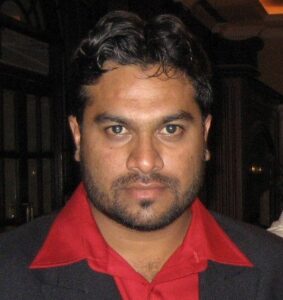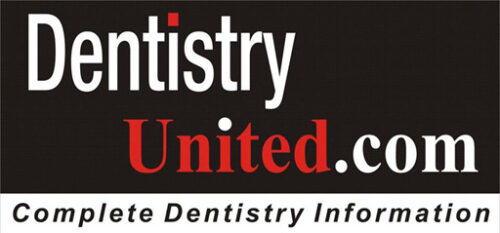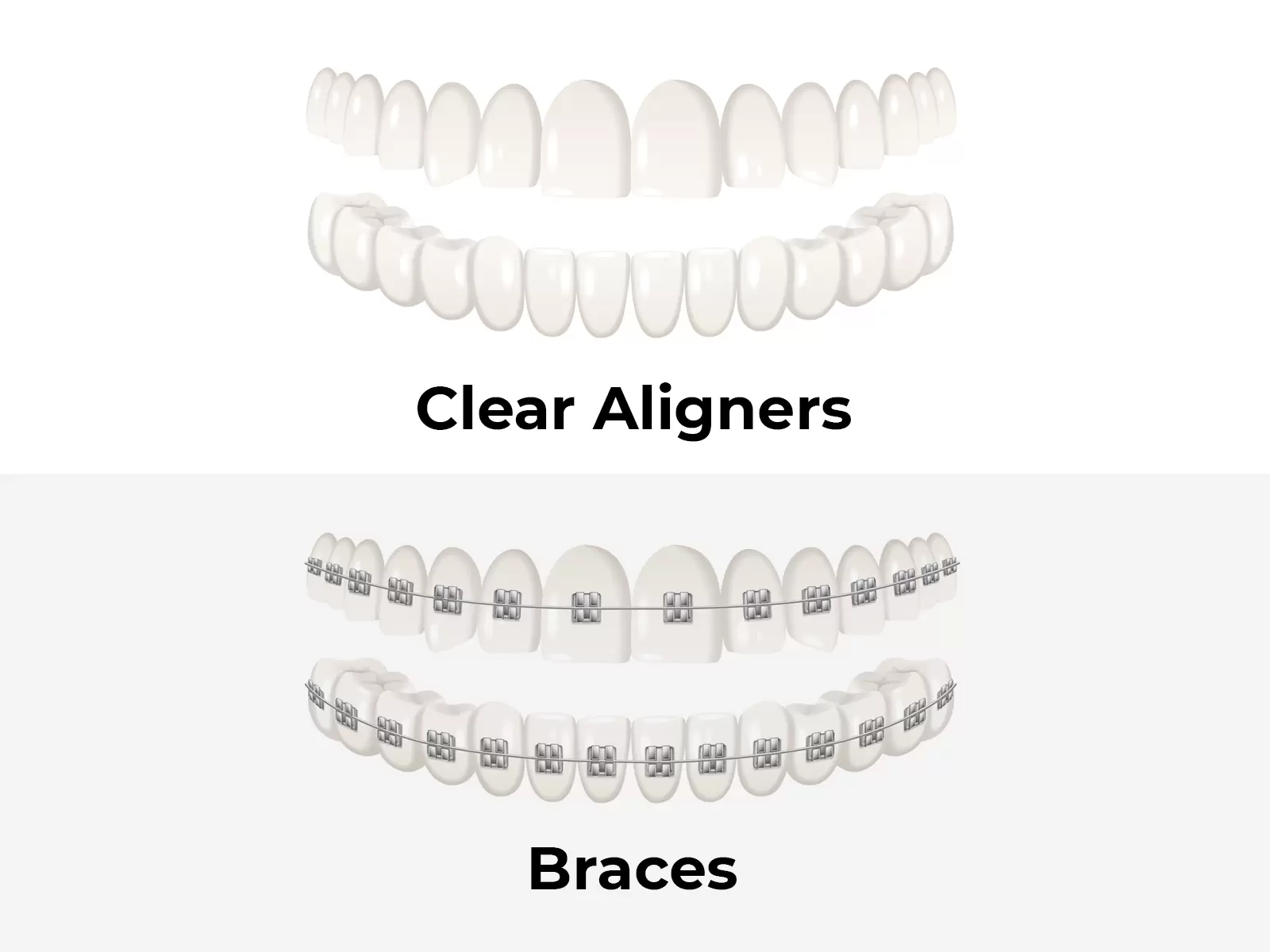Prologue
Dr.Nabeel was in Mumbai for a meeting, staying at the Oberoi Hotel. Late at night, he gazed at the Queen’s Necklace, the shimmering lights reflecting off the Arabian Sea. In the comfort of his in-room theater, he streamed the IDS Cologne talks via IDSconnect—a privilege available only to registered participants of Europe’s premier dental congress. The discussions on AI-driven diagnostics, next-generation materials, and digital workflows in orthodontics captivated him. Just then, his phone buzzed—it was Dr. Riz , a long-time colleague and seasoned orthodontist. Nabeel anticipated an engaging discourse—Riz never called without a deep, intellectual inquiry at hand.
The Discourse Begins
Riz: Nabeel, the growing demand for clear aligners intrigues me. While I understand the basics, I want to dive deeper into their biomechanical principles compared to the traditional straight-wire approach. Can you break it down for me?
Nabeel: Absolutely, Riz. The key difference lies in their force delivery systems. Straight-wire mechanics use fixed appliances—brackets bonded to the teeth and archwires of varying thickness—to apply continuous, controlled forces that guide tooth movement. In contrast, clear aligners rely on a series of thermoplastic trays, each designed to create small, incremental shifts through controlled pressure.
Riz: That makes sense. But without wires and brackets, how do aligners generate and direct these forces?
Nabeel: Great question. Aligners work through a combination of material science and digital precision. Each tray is designed from a digital model, mapping out the desired final tooth positions. The aligner’s snug fit, combined with its elastic properties, applies gentle yet persistent force. To enhance control, composite attachments are placed on teeth in strategic positions, improving anchorage and guiding movements like rotations, intrusions, extrusions, and torque.
Comparing Effectiveness in Different Malocclusions
Riz: Let’s discuss real-world applications. How do aligners compare to straight-wire systems in treating Class II malocclusions?
Nabeel: A crucial question. With straight-wire mechanics, Class II corrections often involve intermaxillary elastics, headgear, or functional appliances to manage skeletal and dental discrepancies. These tools provide strong control over force direction. Aligners, on the other hand, use mandibular advancement features or sequential distalization of upper teeth, sometimes aided by elastics. While aligners work well for mild to moderate Class II cases, their success hinges on patient compliance, and they lack the skeletal correction capabilities of fixed appliances combined with temporary anchorage devices (TADs).
Riz: What about vertical discrepancies—deep bites and anterior open bites?
Nabeel: Excellent point. Deep bites are often corrected with straight-wire systems using bite turbos, intrusion arches, or reverse-curve archwires to apply controlled forces. Aligners attempt the same through programmed intrusion movements, relying on optimized attachments to counteract material flexibility. Overcorrection is often necessary to combat relapse.
For open bites, fixed appliances use TADs for posterior intrusion or elastics for anterior extrusion. Aligners take a different route—posterior bite blocks prevent eruption, and carefully staged movements gradually close the bite. However, their lack of direct mechanical leverage makes stability a challenge.
Riz: How do aligners perform in severe cases like deep bite, open bite, severe rotations, severe crowding, high-placed canines, and impacted teeth?
Nabeel: These cases can be particularly challenging for aligners. Severe rotations require significant force, and aligners may struggle to provide adequate grip without extensive attachments. Severe crowding often necessitates interproximal reduction (IPR) or even extractions, which aligners can manage, but with limitations in bodily movements. High-placed canines and impacted teeth require significant extrusion forces, often making fixed appliances a better option. While aligners can attempt to guide these teeth into position with elastics and attachments, the predictability is lower than with brackets and wires.
Driftodontics vs. Aligners
Riz: You know, Nabeel, I’ve been doing a lot of driftodontics in various scenarios, and it seems far more predictable than aligners.
Nabeel:I love your perspective, Riz. As you always say, Driftodontics leverages natural tooth movement and biological drift to achieve alignment over time, often requiring minimal intervention from orthodontists. Dr. Alexander emphasized its predictability in his classic textbook, underscoring its effectiveness
Torque Control, Aesthetics, and Patient Preference
Riz: I’ve heard that aligners struggle with torque control. Is that true? And frankly, seeing patients with elastics attached to their clear aligners makes me question the appeal. The hygiene issues and stained elastics seem unappealing. Why do patients pay so much for aligners when lingual braces offer a truly invisible alternative?
Nabeel: Your concerns are valid. Straight-wire systems excel at torque control due to the rigid connection between rectangular archwires and brackets. Aligners rely on indirect forces through attachments and plastic deformation, which can be less predictable. Overcorrection and careful staging help compensate.
As for aesthetics, aligners do have drawbacks. Elastic wear can cause discoloration, and attachments can trap plaque. Lingual braces, positioned behind the teeth, solve these issues while maintaining biomechanical efficiency. However, patients often prefer aligners for their removability, comfort, and strong marketing presence. The ability to take them out for special occasions is a major selling point.
Final Thoughts
Riz: This discussion has been enlightening. Aligners have their place, but they seem to have limitations—limitations that lingual braces overcome.
Nabeel: Exactly. Aligners are powerful when used correctly, but no single system is perfect. The future of orthodontics isn’t about replacing one method with another, but about combining their strengths—aligners for convenience, lingual braces for discretion, and fixed appliances for precise control.
Riz: Well said, Nabeel. This has given me a lot to think about—thank you!
Nabeel: My pleasure, Riz. Our profession thrives on lifelong learning. Speaking of which, I’m planning a preceptorship in digital implants at Harvard this September. Perhaps our next debate will be on the intersection of orthodontics and prosthodontics?
Riz: Now that’s a topic I’d love to explore. Safe travels!

Dr. Syed Nabeel, BDS, D.Orth, MFD RCS (Ireland), MFDS RCPS (Glasgow)
Dr. Syed Nabeel – Dedicated to Neuromuscular Dentistry, Orthodontics & Digital Innovation
Dr. Syed Nabeel is a dentist and innovator committed to education, patient care, orthodontics, and research. As Founder & CEO of DentistryUnited.com (since 2004), he has built a global platform for dental professionals. He also launched Dental Follicle – The E-Journal of Dentistry (ISSN 2230-9489) in 2006 to promote scholarly exchange in dentistry and orthodontics.
Clinical Practice & Leadership
As Managing Director of Smile Maker Clinics Pvt Ltd, Dr. Nabeel manages his practices and plans nationwide expansion with a focus on evidence-based dentistry and research. His areas of focus include:
✔ Neuromuscular Dentistry & TMJ Treatment
✔ Full-Mouth Rehabilitation & Smile Makeovers
✔ Orthodontics – Braces, Aligners & Digital Treatment Planning
25 Years of Learning & Innovation in Dentistry & Orthodontics
With 25 years of experience, Dr. Nabeel continues to explore AI, orthodontics, and digital workflows to enhance patient care. His key interests include:
AI in Dentistry & Orthodontics – Improving diagnostics & treatment precision
Digital Dentistry & Workflow Optimization – Enhancing efficiency & patient experience
Educator & Speaker
A dedicated mentor & speaker, he enjoys sharing insights on:
✔ Neuromuscular Dentistry, Orthodontics & TMJ Disorders
✔ Practice Management & Digital Integration
Beyond Dentistry
Dr. Nabeel finds joy in wildlife photography, travel, and gardening, always eager to learn from new experiences. Grateful for his mentors, colleagues, and patients, he remains committed to growth and innovation in dentistry and orthodontics.
Email: dentistryunited@gmail.com
Website: www.DentistryUnited.com

